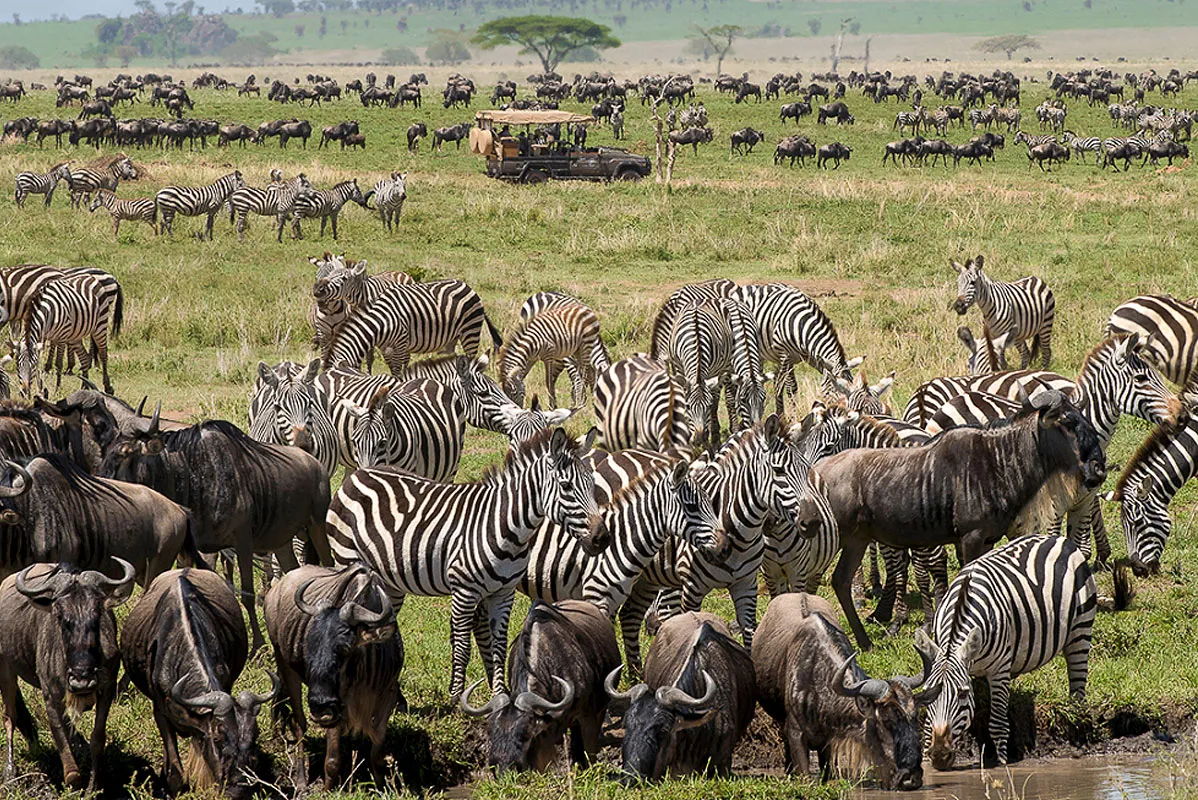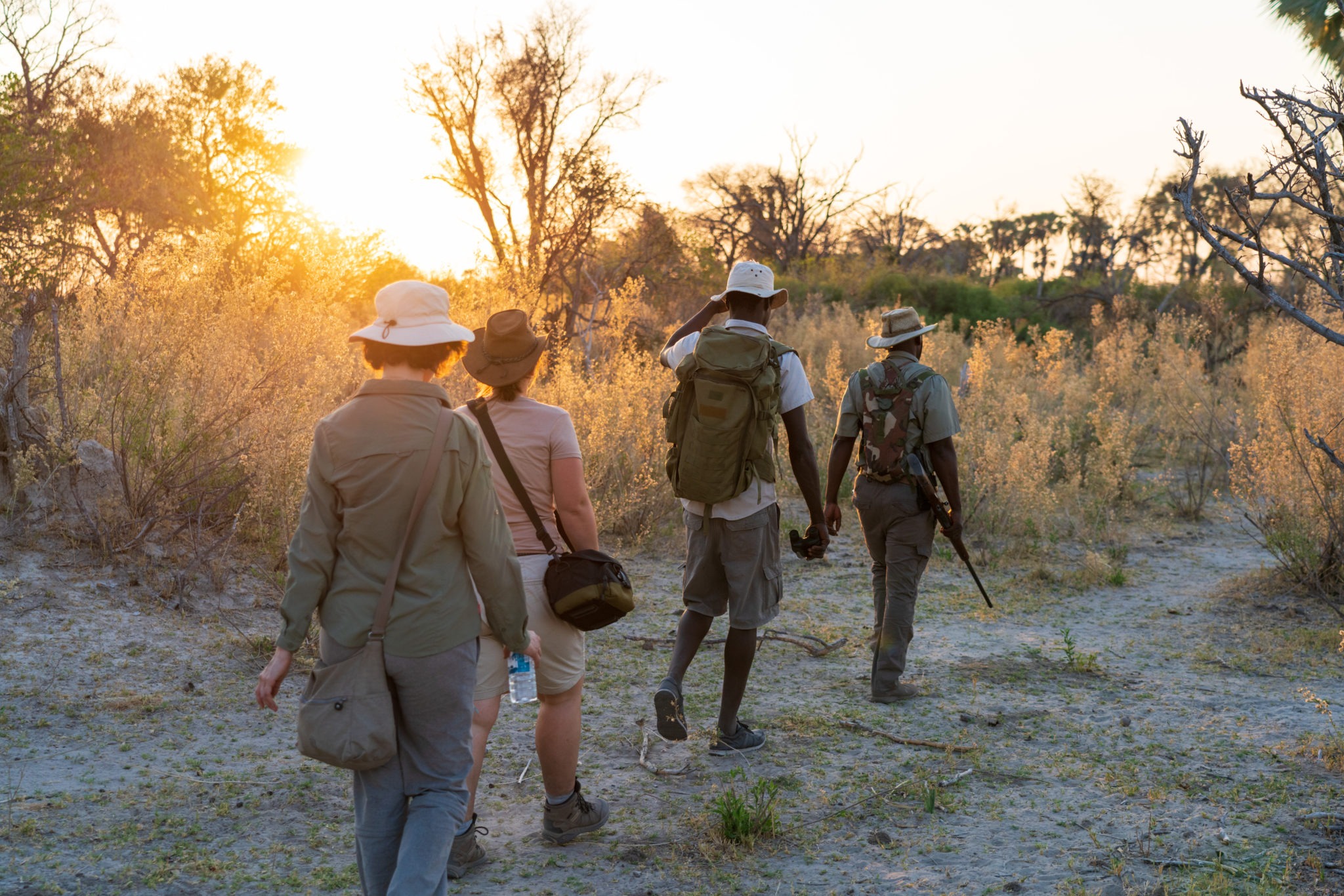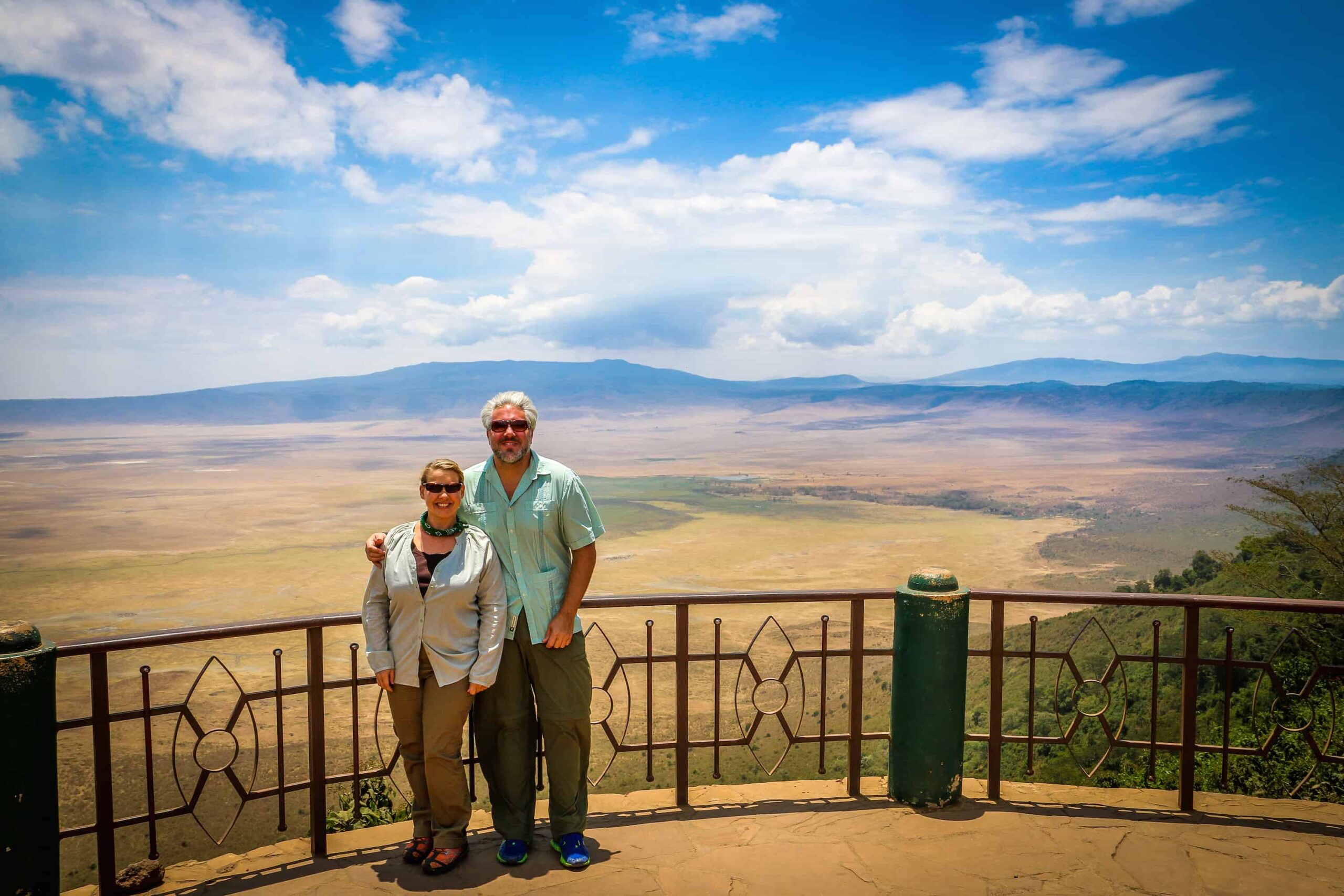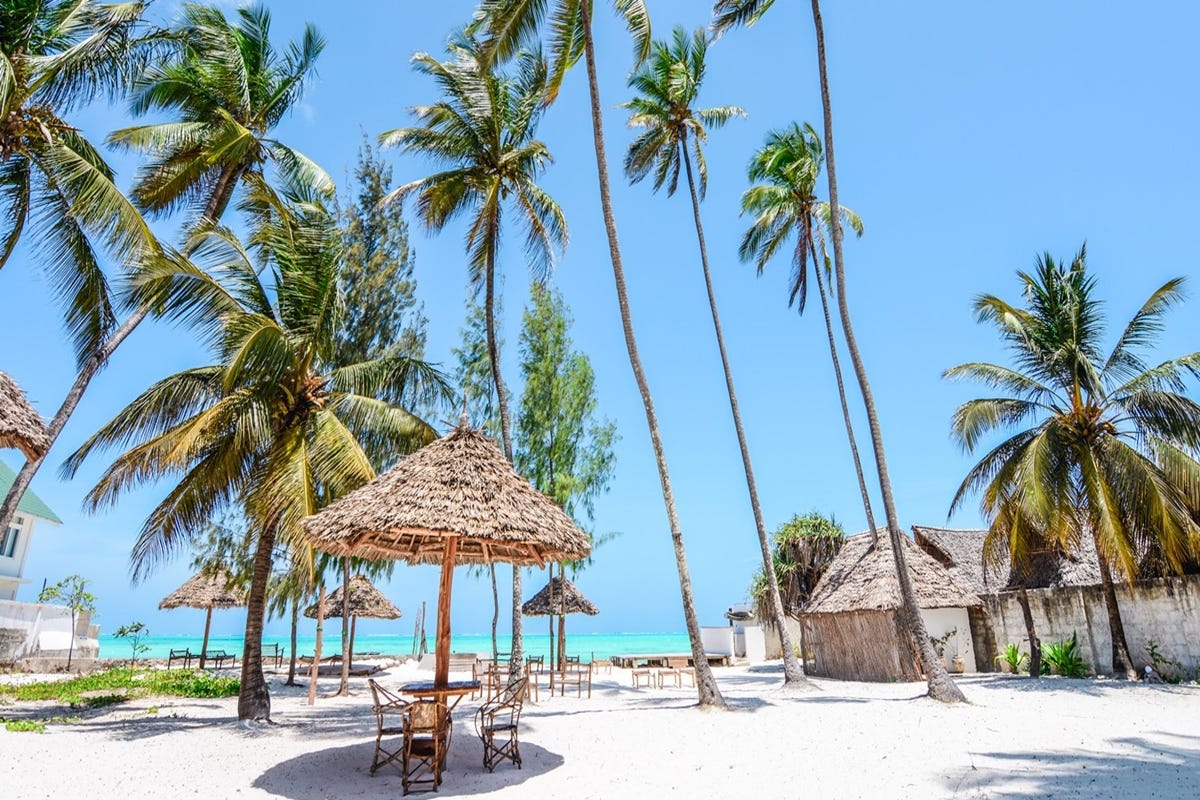
In the vast expanse of the Serengeti, a breathtaking event unfolds each year that captures the essence of nature’s grandeur and drama. The Great Wildebeest Migration is a phenomenon that stands as a testament to the relentless cycles of life and death in the wild. In this article, we will take you on a journey through the stages and intricate details of this remarkable migration, shedding light on what happens during this awe-inspiring spectacle.
The Migration Begins
The Great Wildebeest Migration is a cyclical journey that covers thousands of kilometers across the Serengeti ecosystem. It all begins in the southern Serengeti plains, where the wildebeests, zebras, and other herbivores gather in their thousands. The trigger for this awe-inspiring movement is the arrival of the seasonal rains. As the landscape transforms into lush, green pastures, the herds embark on their journey.
The Long Trek
The first stage of the migration involves a northward trek towards the Mara River in Kenya. This part of the journey is marked by vast herds moving in unison, creating a breathtaking spectacle. It’s a test of endurance for the animals, as they traverse challenging terrain, face predators, and brave river crossings. These river crossings, where crocodiles lie in wait, are some of the most iconic and heart-stopping moments of the migration.
Birthing Season
As the herds reach the northern regions, they find themselves in the midst of the birthing season. Tens of thousands of wildebeest calves are born within a few weeks, filling the plains with new life. Predators take advantage of this abundance, and the cycle of life and death continues in full force.

Return to the Serengeti
After the rains subside and the pastures in the north start to wither, the herds turn southward once again. The journey back to the southern Serengeti plains is another challenging phase of the migration. Exhausted from their long journey, the animals must navigate harsh conditions and predation.
Ecosystem Impact
The Great Wildebeest Migration is not only a spectacle but also a vital ecological process. It prevents overgrazing in any single area, allowing the land to recover and regenerate. The animal droppings, rich in nutrients, fertilize the soil, creating a healthier ecosystem. Additionally, it sustains a diverse community of predators and scavengers.
Tourism and Conservation
This remarkable migration has become a magnet for tourists and researchers alike. Visitors from around the world come to witness this natural spectacle, contributing significantly to the local economy and funding conservation efforts. National parks like Serengeti and Masai Mara play a crucial role in protecting the wildlife and their habitat, ensuring the survival of this awe-inspiring event.
Conclusion
The Great Wildebeest Migration in Serengeti is a testament to the incredible forces of nature that shape our world. It is a journey of epic proportions, marked by challenges, triumphs, and moments of raw beauty. Beyond its visual splendor, this migration serves as a vital ecological process and a symbol of the delicate balance of life in the wild. As you contemplate the remarkable events that unfold during the Great Wildebeest Migration, you gain a deeper appreciation for the complexity and wonder of the natural world. Read our safari FAQs.









